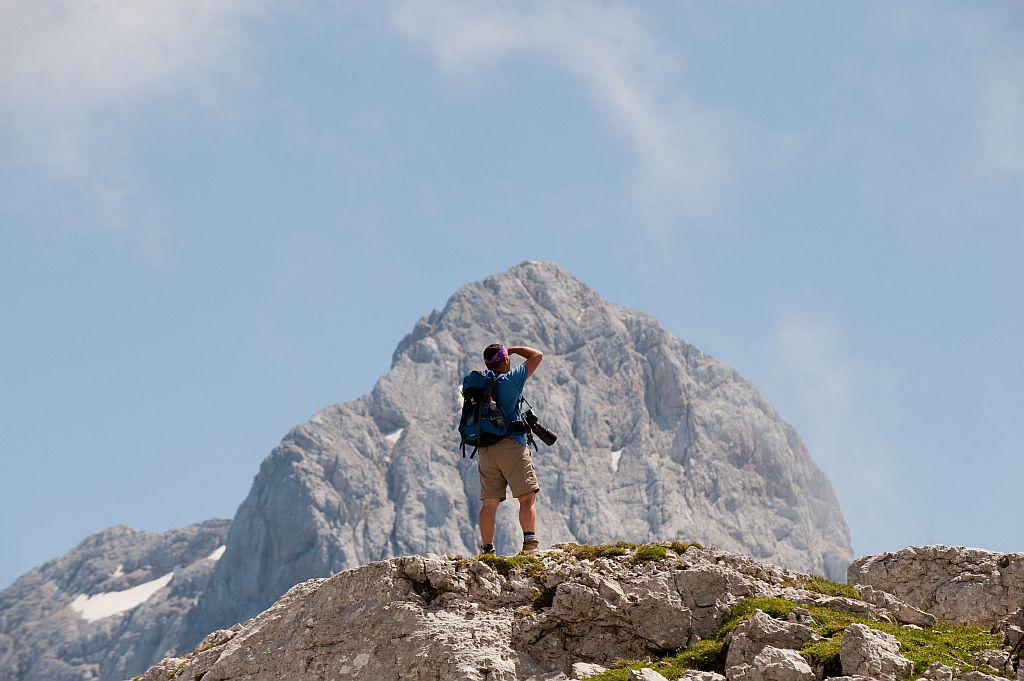
It’s often said that no-one is truly Slovenian before he or she ascends Triglav, Slovenia’s highest mountain and a beloved national symbol. Today, almost everyone reaches the summit by hiking there, but an ambitious plan devised more than a century ago would have transformed the top of the mountain into an end station of a cog-wheel railroad.
The plan was proposed to the Austro-Hungarian State Railroads in 1906 and 1907 by an engineer named Fritz Steiner. According to his plans, the new Triglav Railroad would have branched off from the just-built Bohinj Railroad, which still connects the towns of Jesenice and Nova Gorica.
Some 700 meters above sea level, the traditional narrow-gauge railroad track would have turned into a cog-wheel railroad, which would then have proceeded high into the mountains among age-old alpine pastures and finally above the tree line. About 24 kilometers after beginning its journey towards the clouds, the railway would have reached its end station at an altitude of 2850 meters, just 14 meters below the summit itself.
Steiner completed detailed studies for the state railways, and according to researcher Janez Pikon, he even received preliminary permission to begin the construction. The authorities, however, eventually decided to pass on his proposal and his vision of a railroad to Triglav was relegated in the history.
But that did not end the dream of bringing Triglav closer to the people. A plan in the 1960s envisaged a cable car with a base station by a large hotel in a valley below; the cable car would have brought visitors to the Kredarica Hut beneath the summit. These plans also remained unrealized.
Today, the entire range of the Julian Alps is protected as a national park and any large-scale projects near Triglav are unthinkable. Thousands of people from Slovenia and abroad make their way to the top of the mountain each year, but they do it the old fashioned way – by hiking there and experiencing the beauty of the Slovenian mountains first-hand.


































































